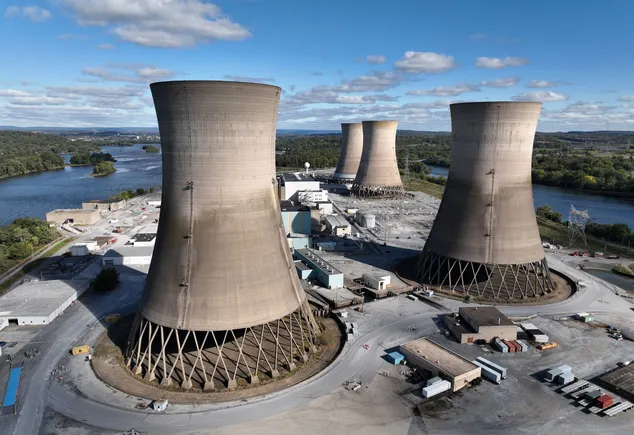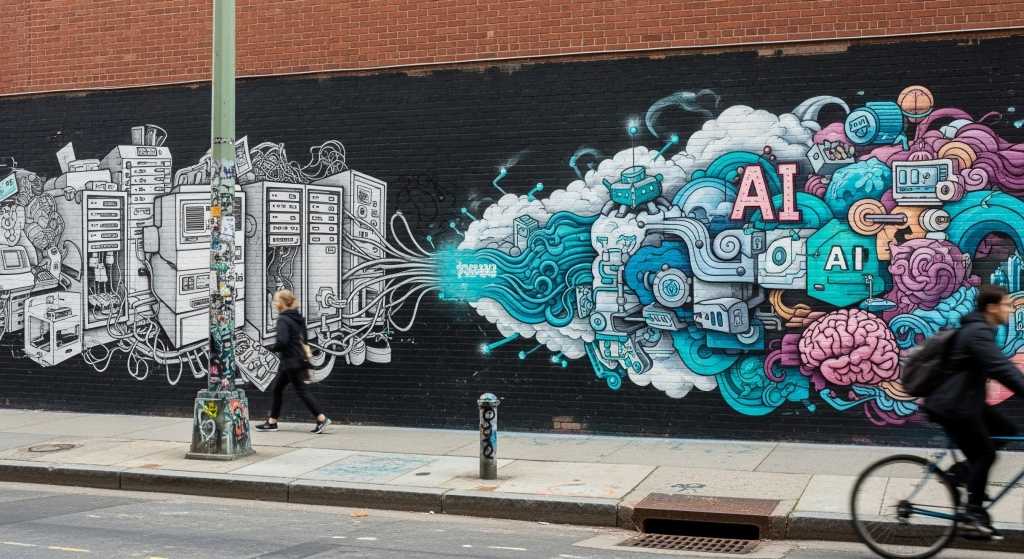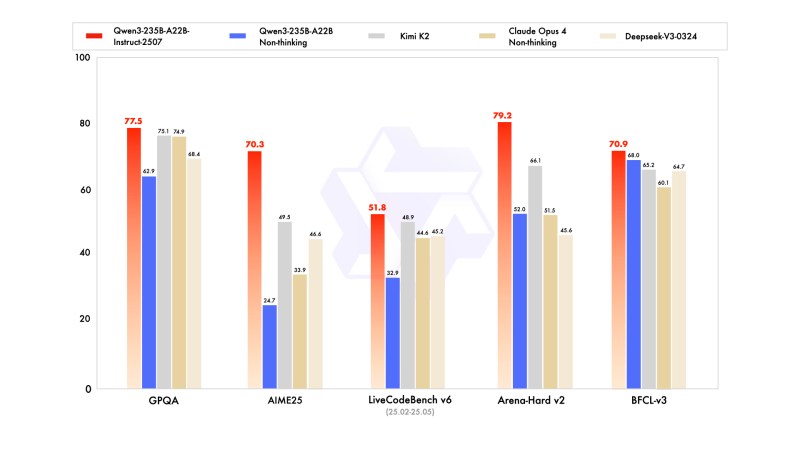
Erik Funkhouser is executive director of the Good Energy Collective, a policy research organization.
Long heralded as the future of clean power, nuclear energy has a history of perpetually disappointing its champions, faltering amid cost overruns, political backlash and public fear. It’s the technology of the future and always will be — so goes the familiar refrain.
But now, something unfamiliar is taking shape.
A global resurgence of interest in nuclear energy is gaining momentum. It points to a deeper paradigm shift across multiple domains — from public perception to technology, finance and the environment — and broad geopolitical considerations. Talk of a nuclear renaissance is back, but this time it’s different, focused less on “if,” more on “how.”
This shift is most visible in the steady cascade of project announcements and policy developments punctuating the news cycles: Billions in investment from tech giants Microsoft, Amazon and Google; an unprecedented groundswell of startup activity and greenlighting of new reactor designs; a series of landmark policy reforms, such as the ADVANCE Act and reforms to the National Environmental Policy Act and the Nuclear Energy Leadership Act.
These developments coincide with a global upsurge in power demand propelled in part by the AI revolution, as well as the need to complement growth in intermittent sources with clean, firm, dispatchable energy, and to expand access to energy.
Amid this confluence of factors, nuclear has emerged as a uniquely qualified solution to stubbornly intractable problems at an oddly opportune moment. How did we get here?
Public perception and environmental concerns
In previous eras, nuclear power was pitched largely on the promise of energy security and long-term cost savings. But now, the stakes are higher: The existential challenge of climate change has elevated carbon-free energy from a “nice-to-have” to a global imperative.
Climate thought leaders from James Hansen to Bill Gates, and organizations like the Intergovernmental Panel on Climate Change, have warned that hitting decarbonization targets without nuclear energy will be difficult if not impossible. Thirty-one countries have joined the pledge to triple nuclear capacity by 2050.
Polling shows that public support for nuclear power is climbing. Younger generations, born into the climate crisis, are particularly receptive to nuclear.
Climate activists, scientists and even formerly skeptical environmentalists are re-evaluating nuclear’s role in a clean energy future. Ezra Klein’s newest book, Abundance, asks progressives to support nuclear as an immediately scalable decarbonization tool — in coordination with, not in lieu of, intermittent sources — in alignment with a politics of abundance rather than scarcity.
I couldn’t agree more. Progressives and climate activists are increasingly finding their way to nuclear. This shift in perception may be the most profound change of all.
Changes in technology and finance
Dramatic advances in technology demonstrate how fundamentally the possibilities for nuclear have changed. Today’s next-generation designs — small modular reactors (SMRs), microreactors and Generation IV technologies — offer faster deployment, lower capital costs, built-in passive safety features and flexible siting, such as in remote areas or at industrial facilities.
Gone are the days when nuclear required massive, decade-long construction projects costing tens of billions.
An influx of fresh talent and private capital has broken through institutional silos that once constrained the field. Startups are importing Silicon Valley agility to an industry once defined by bureaucracy and inertia, with companies like TerraPower, NuScale, Oklo, Terrestrial, Aalo Atomics, Radiant Nuclear and X-energy leading the way. Transferring expertise from fields like software, aerospace, nanotech, finance and manufacturing, they are rethinking how nuclear is designed, built and operated.
Simply because they’re small, SMRs and microreactors fit palatable capital expenditure profiles similar to those of natural gas, coal, wind and solar projects, and applications for these technologies prove remarkably diverse: Think power for data centers or defense installations, or even nuclear propulsion for lunar missions.
Together, these developments represent a profound departure from the past, when lack of standardization, overreliance on manual processes and inefficient permitting and licensing plagued nuclear projects.
Today’s companies are pioneering everything from factory-built components to AI-assisted construction, while standing to benefit from policy-driven accelerants such as the ADVANCE Act. Digital innovation — advanced modeling, digital twins, modular fabrication — is enabling predictability heretofore elusive.
These innovations are game changers for the industry, dramatically reducing the engineering complexity that drove project delays and cost overruns.
The politics of a global energy transition
A crucial but often overlooked driver of the emerging renaissance is the demand from developing nations for equitable access to clean, reliable energy.
At Good Energy Collective, we’ve played our part in efforts to ensure that communities have agency in the planning processes for nuclear infrastructure. Collaboration and conciliation are not only more equitable and just — they lower the temperature from the jump, helping the nuclear sector get to go/no-go decisions more quickly.
But the just transition rationale for nuclear goes beyond the U.S. and developed countries. Nations in Africa, Asia and Latin America are moving quickly to deploy advanced nuclear technologies, hoping to meet development goals without locking in decades of fossil fuel dependence.
If deployed responsibly, nuclear power can help address global energy inequality by bringing clean electricity, industrial capability and climate resilience to billions in need.
Another key shift on the global stage can be found in conversations about the role of nuclear energy in national security. Once viewed primarily through the lens of nonproliferation and Cold War deterrence, nuclear power today is also considered critical to energy independence and strategic competitiveness.
Russia’s weaponization of natural gas, combined with China’s growing influence in global nuclear exports, has jolted Western nations into action. Investing in domestic nuclear capability is now essential both for decarbonization and for maintaining geopolitical leverage. Sourcing more firm power from nuclear is a strategic priority.
Window of opportunity
Critics are rightfully wary. The nuclear industry has failed to deliver on big promises before. But the technologies, economics and motivations driving the modern nuclear revival differ fundamentally from what came before.
This is a moment of extraordinary possibility. But seizing this moment requires not just sustained but accelerated forward momentum: advancing regulatory modernization, amplifying investment opportunities that unlock innovation and providing effective tools to support industry engagement with communities.
Without meaningful community engagement, nuclear will not earn public trust. It will encounter all the old roadblocks — delays, cost overruns, cancellations. It doesn’t have to be that way.




















